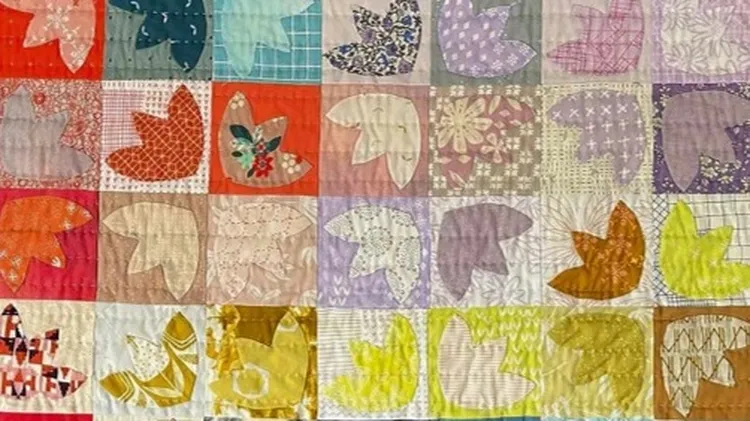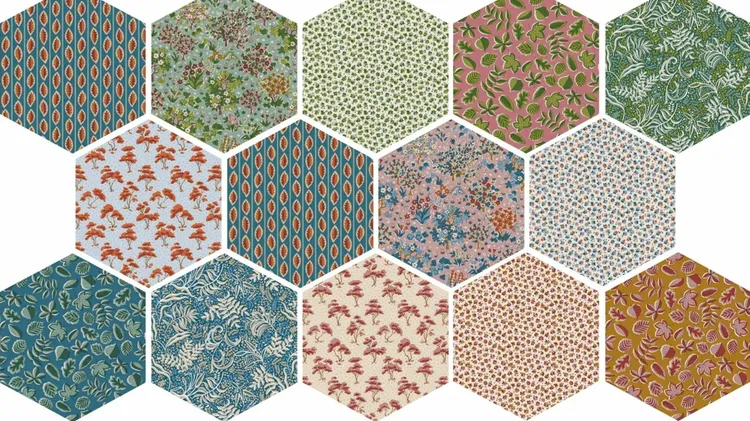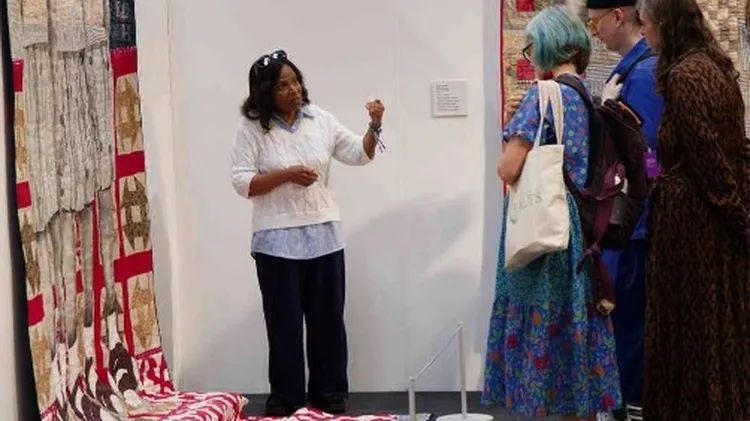Anne Williams discusses younger quilt-makers and how they are vital to keeping
A living craft
6 min read
This article is from...
Read this article and 8000+ more magazines and newspapers on Readly






